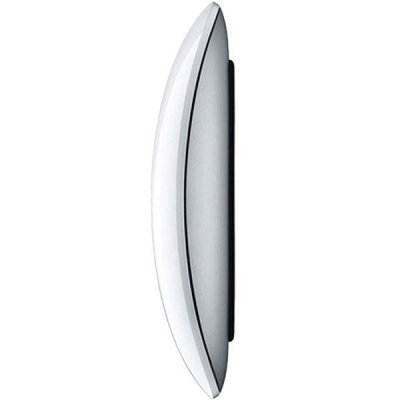


Verify that the folder has actually moved to the new drive, then restart the Mac and you should be good to go. When the copy is complete you will see a new command line prompt appear in the Terminal window. This operation may take some time depending on how much data has to be moved, do not interrupt the process or use the Mac for other tasks while this is happening. Sudo mv /Users/bobsmith /Volumes/Employees/Users/bobsmithĮnter your admin account password when prompted, then hit Return. Open Terminal and at the command prompt type: Terminal is your next step, and this time the files will actually be moved between the two hard drives. Verify there are no typos, then click OK to save these changes. Old: /Users/bobsmith new: /Volumes/Employees/Users/bobsmithĬorrect entry and spelling of this data is critical. Then, change the Home directory entry as follows: Using the Finder create a folder named Users on the Employees drive. Let’s say we want to move the home directory to a hard drive named Employees. In the Advanced dialog box leave the account name as is ( bobsmith) but change the location of the Home directory. Open System Preferences –> Users & Groups, right-click on the account to be changed and choose Advanced Options… As above, log out of the account to be changed and log in to a second admin account. The process is similar to renaming a home folder, but in this case we’re keeping the same username and changing the location. This is a common setup for servers and can also be used on any system where you want to keep things separate, such as having the Operating System and Applications on a Solid State Drive and the user data on a larger (but slower) hard disk drive. Sometimes you’re not looking to rename an account but actually move the home directory to a separate drive or partition. Moving Your Home Folder to a Different Drive Upon restart the account name and home directory will both have been renamed to janedoe. When finished quit Terminal and System Preferences, then reboot your Mac. Since the move is “in-place” on the same hard drive the process should only take a few seconds, then a new blank command line will appear. This command moves (mv) the entire folder from the old location to the new one, which in this case is effectively just a rename operation. Type that in – the letters won’t show onscreen – then hit Return again. You will be prompted to enter your admin account password. Make sure you type the old and new usernames correctly, then hit Return.


 0 kommentar(er)
0 kommentar(er)
